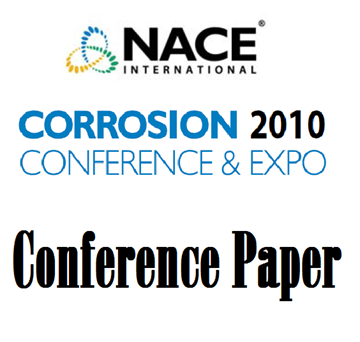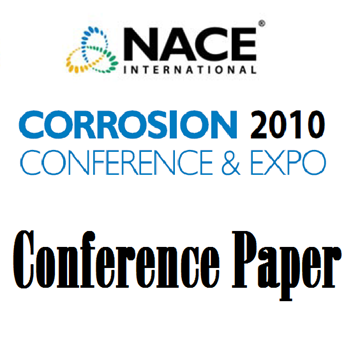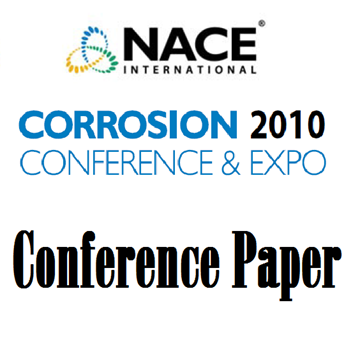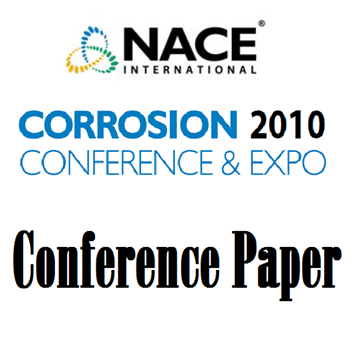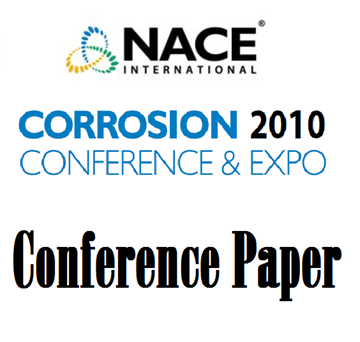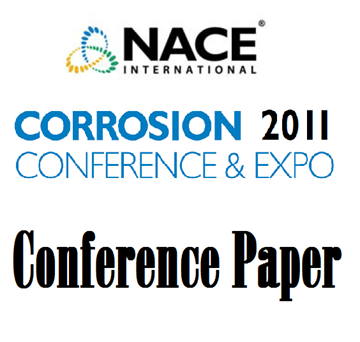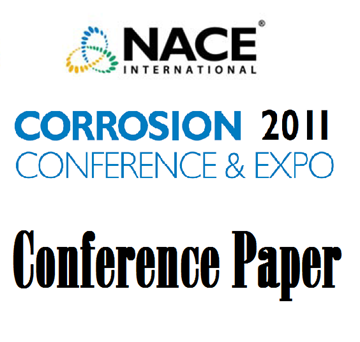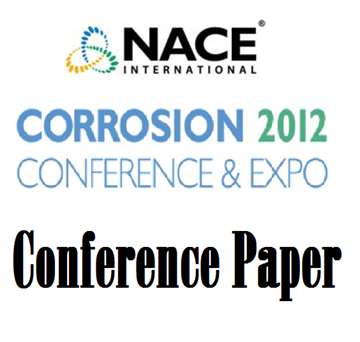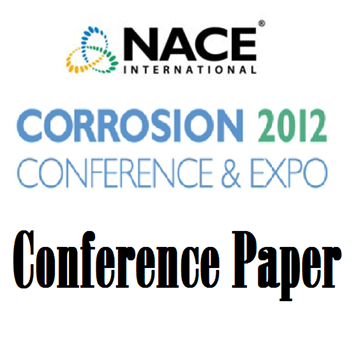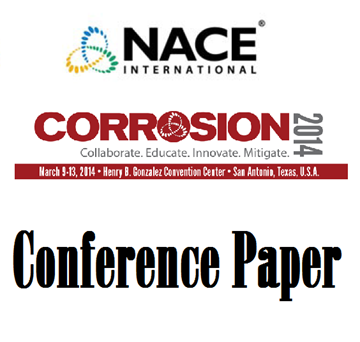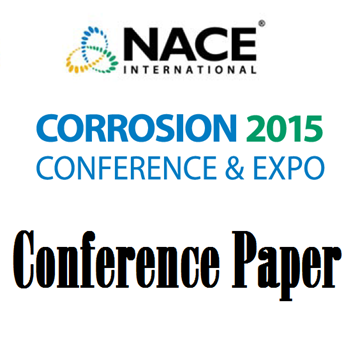Search
Materials Selection and Design
View as
Sort by
Display
per page
10083 UNS S31254 - A Bleach Plant Success Story
Product Number:
51300-10083-SG
ISBN:
10083 2010 CP
Publication Date:
2010
$20.00
10262 Corrosion Resistance of Nickel Alloys and Super Austenitic Stainless Steel Weld Claddings as a Function of Dilution
Product Number:
51300-10262-SG
ISBN:
10262 2010 CP
Publication Date:
2010
$20.00
10264 Subcritical Carbonitriding for Stainless Steels
Product Number:
51300-10264-SG
ISBN:
10264 2010 CP
Publication Date:
2010
$20.00
10337 An Advanced Super-Austenitic Stainless Steel Offers Economical and Technical AdvantagesOver Nickel-Base Corrosion-Resistant Alloys in the Process Industries
Product Number:
51300-10337-SG
ISBN:
10337 2010 CP
Publication Date:
2010
$20.00
10342 Properties of a New Lean Duplex Alloy
Product Number:
51300-10342-SG
ISBN:
10342 2010 CP
Publication Date:
2010
$20.00
10349 Prediction and Assessment of Ammonium Bisulfide Corrosion Under Refinery Sour Water Service Conditions-Part 2
Product Number:
51300-10349-SG
ISBN:
10349 2010 CP
Publication Date:
2010
$20.00
11351 The Corrosion of Superduplex Stainless Steel in Different Types of Seawater
Product Number:
51300-11351-SG
ISBN:
2011 11351 CP
Publication Date:
2011
$20.00
11369 Designing FRP Process Piping with IS 14692
Product Number:
51300-11369-SG
ISBN:
2011 11369 CP
Publication Date:
2011
$20.00
51312-01235-Repair Welding of Centrifugally Cast Ethylene Furnace Tube
Product Number:
51312-01235-SG
ISBN:
01235 2012 CP
Publication Date:
2012
$20.00
51312-01443-SUMMARY OF SOME NICKEL ALLOYS USED IN CHEMICAL PRODUCTION INVOLVING HYDROCHLORIC AND SULFURIC ACIDS
Product Number:
51312-01443-SG
ISBN:
01443 2012 CP
Publication Date:
2012
$20.00
51314-4298-Failures of 17-4 pH Steel Parts in Non Sour Enviroments
Product Number:
51314-4298-SG
ISBN:
4298 2014 CP
Publication Date:
2014
$20.00
51315-5425-A Unique Explosion Case Involving a Titanium Reactor
Product Number:
51315-5425-SG
ISBN:
5425 2015 CP
Publication Date:
2015
$0.00

